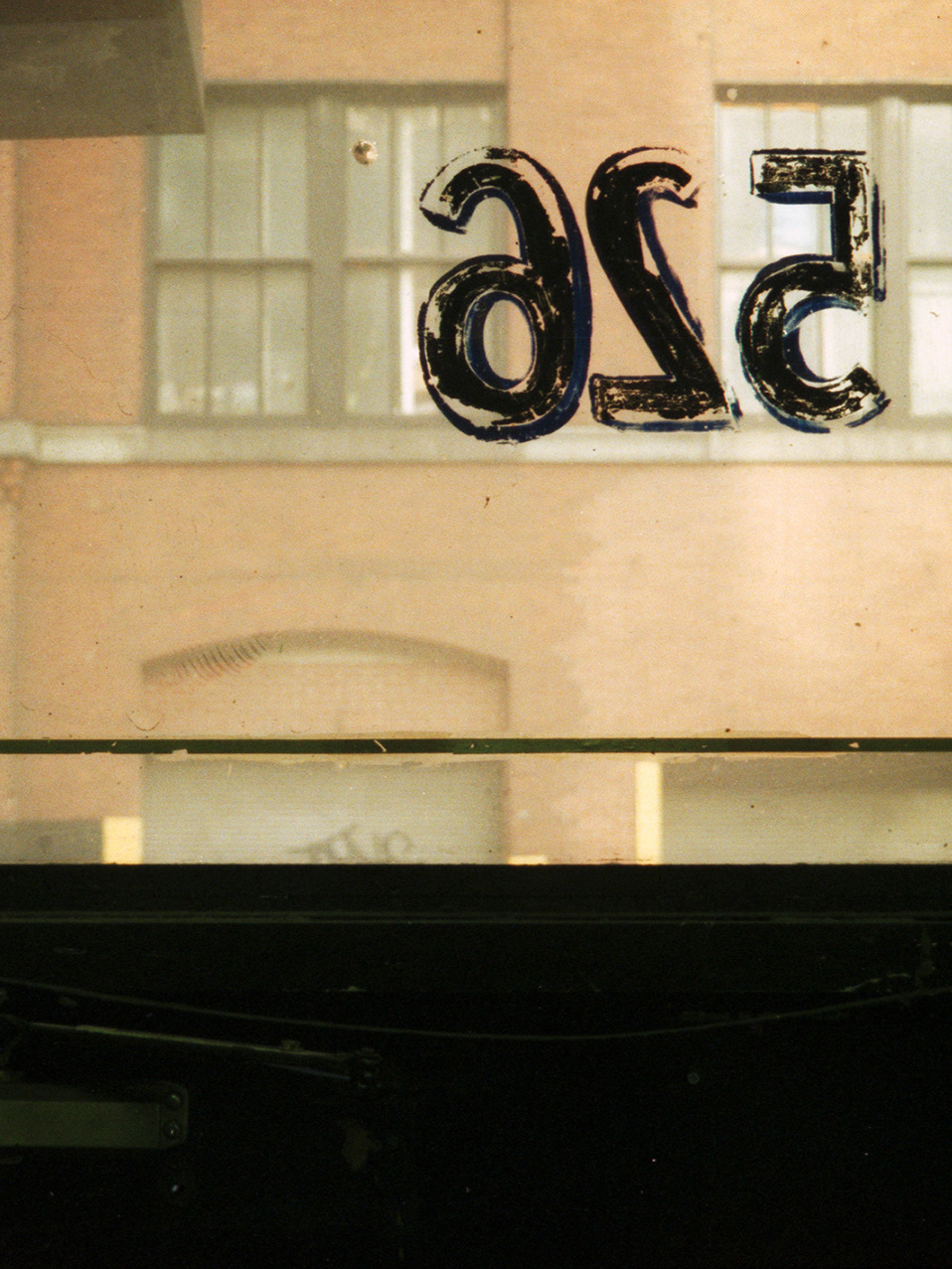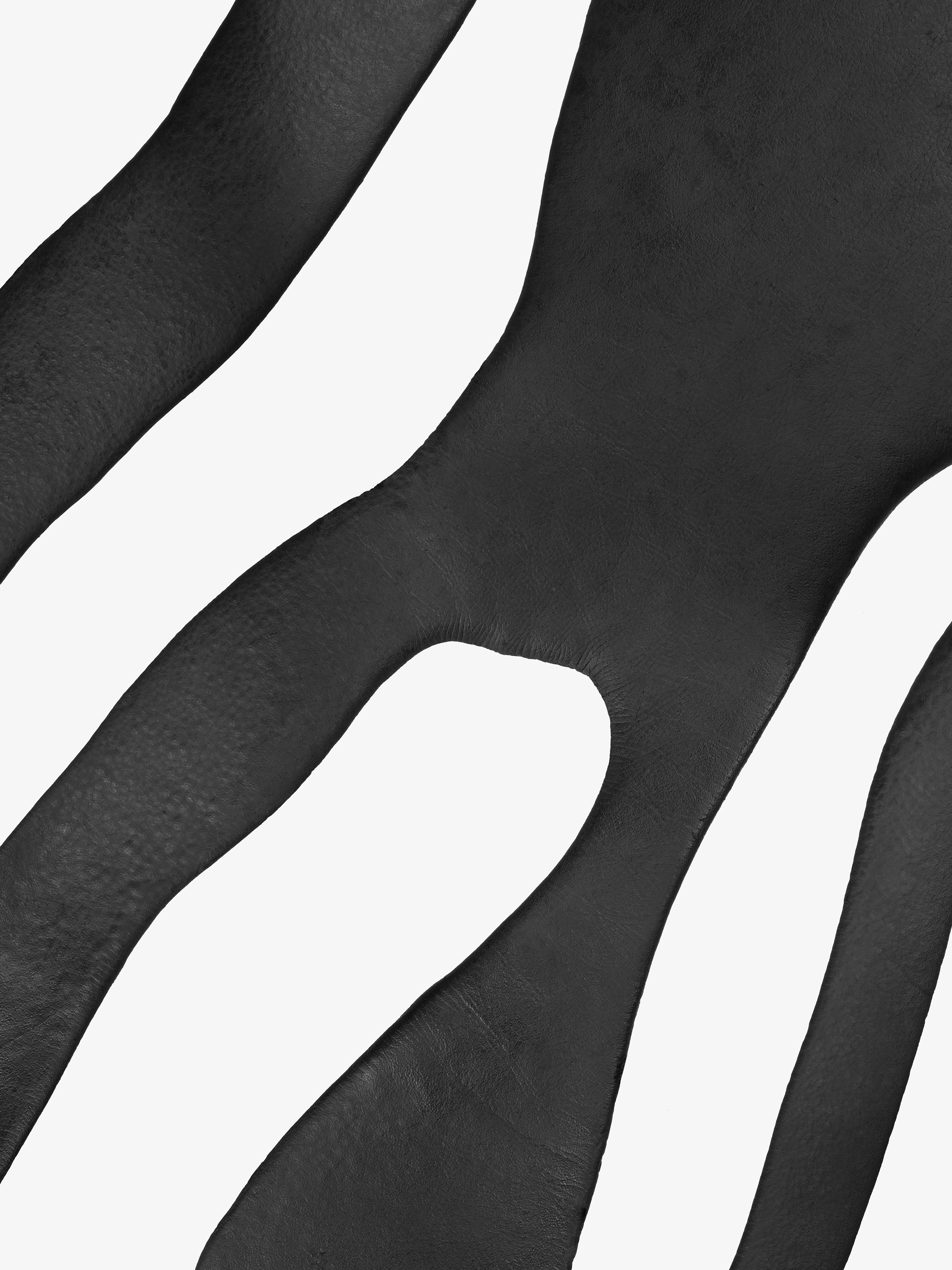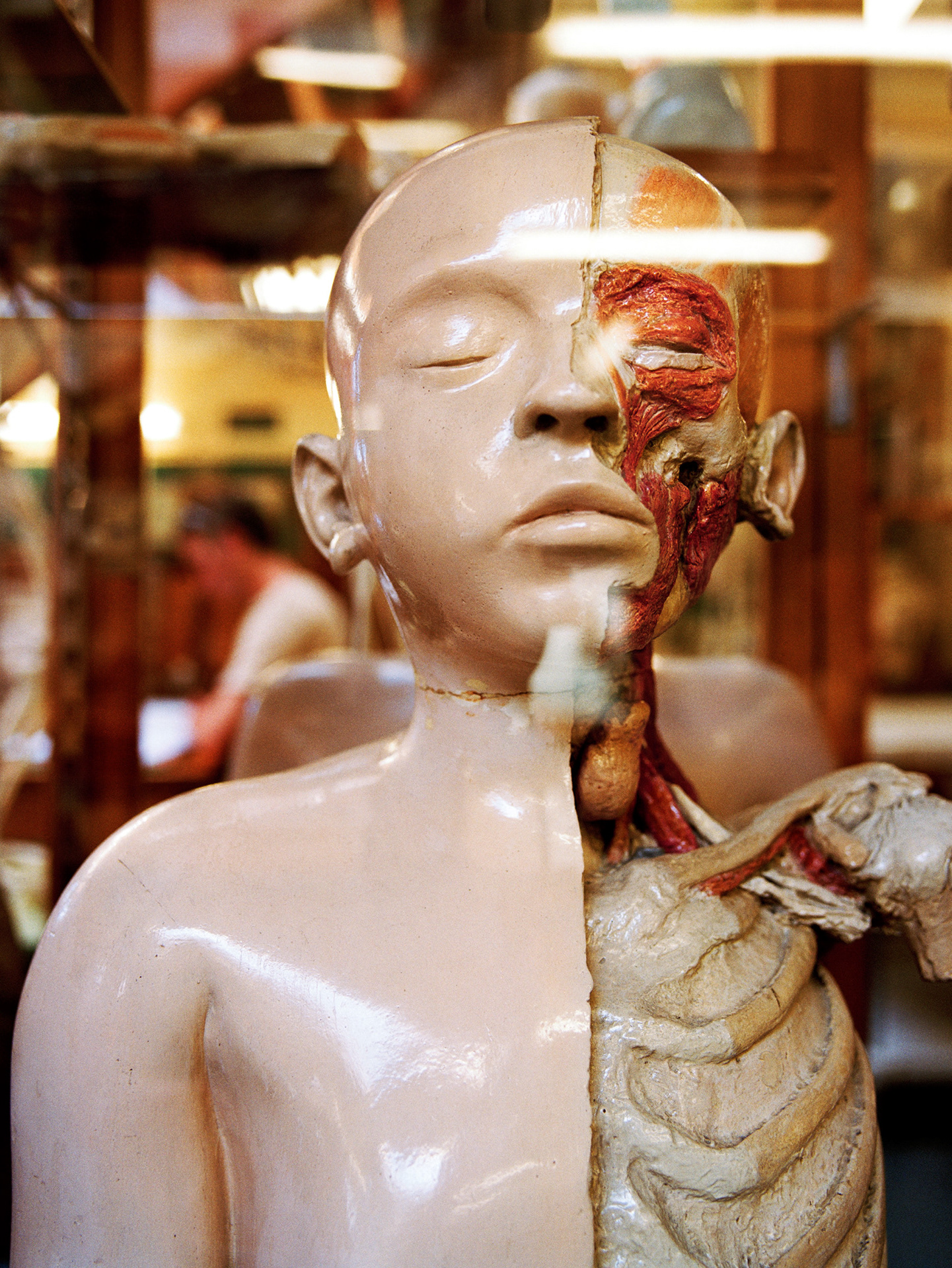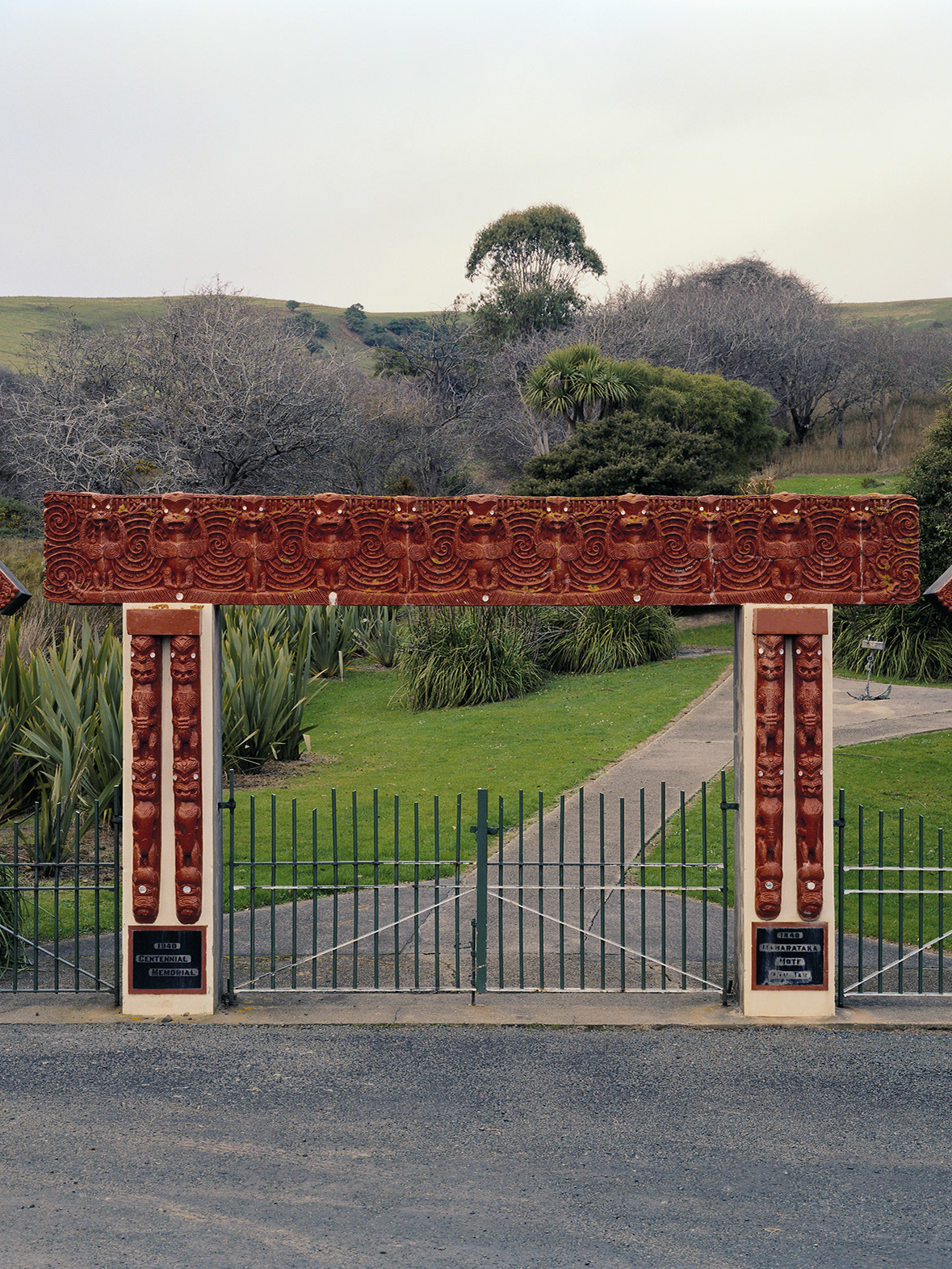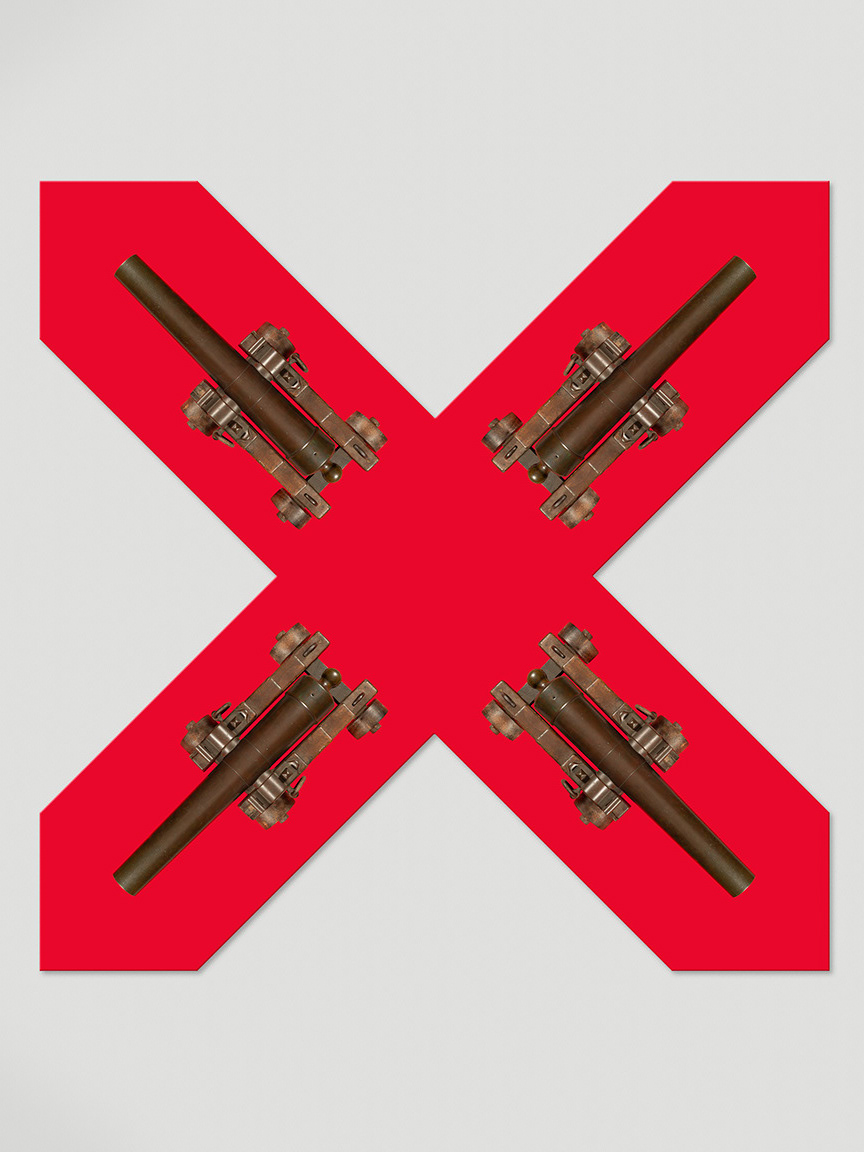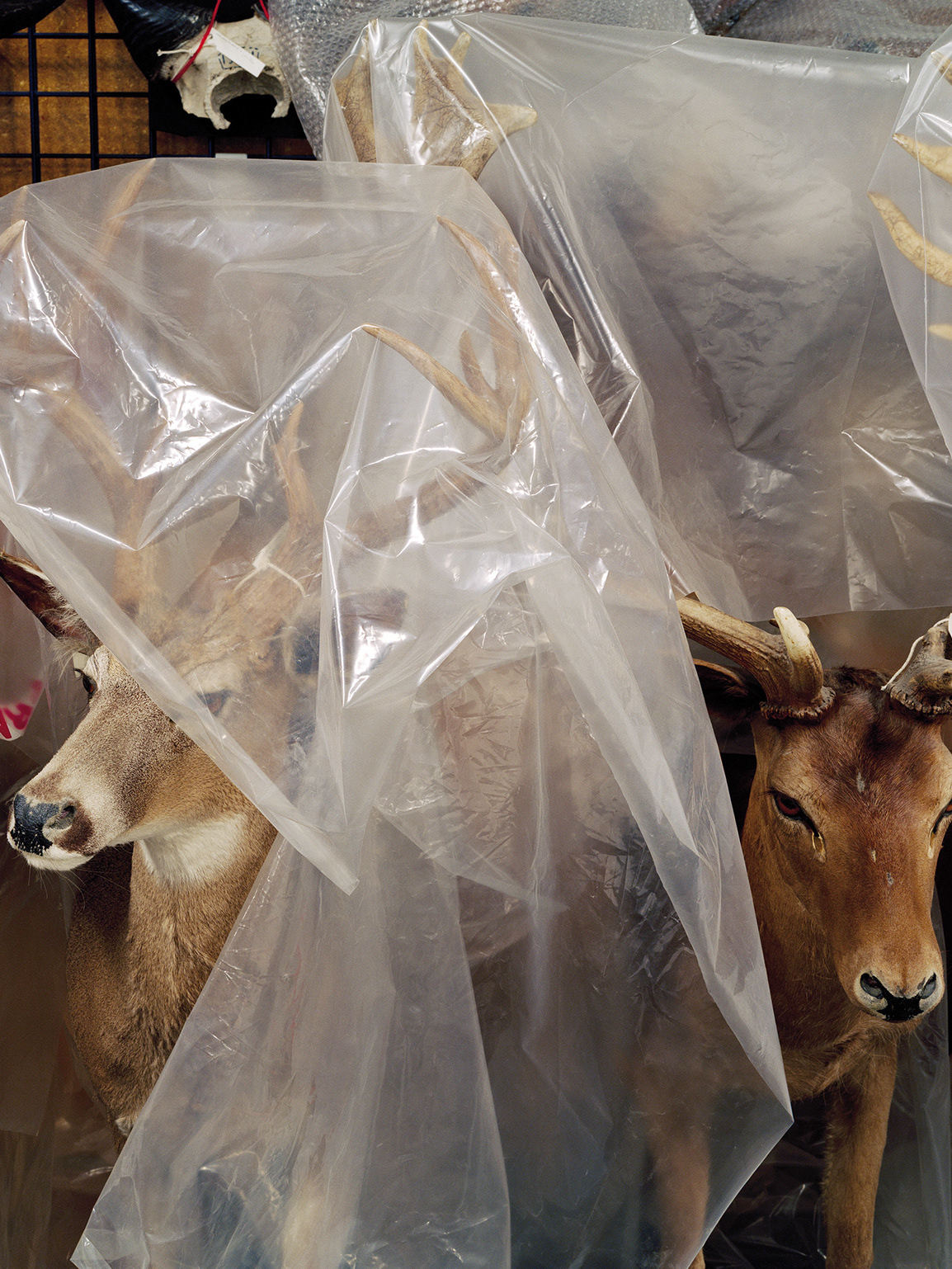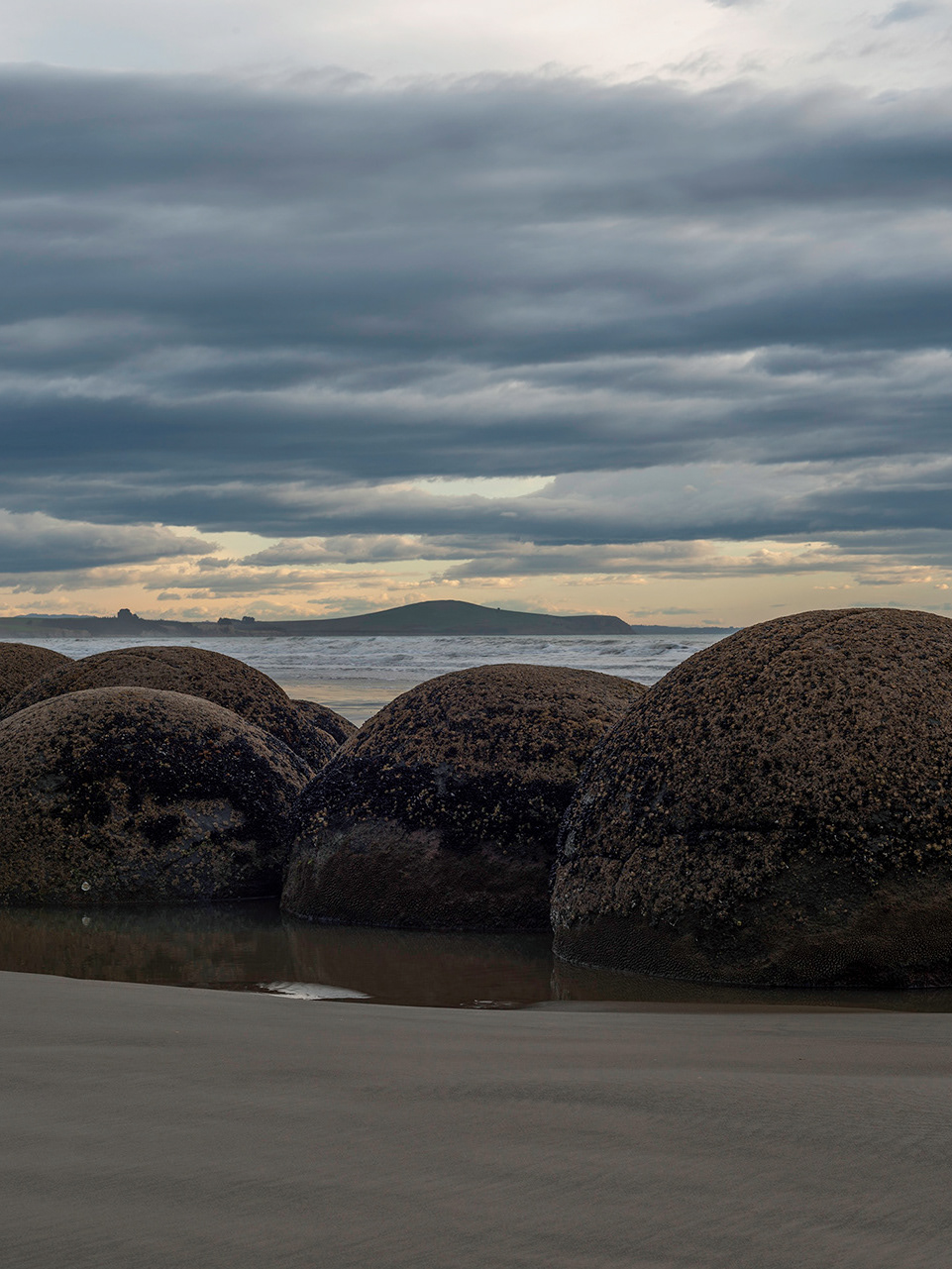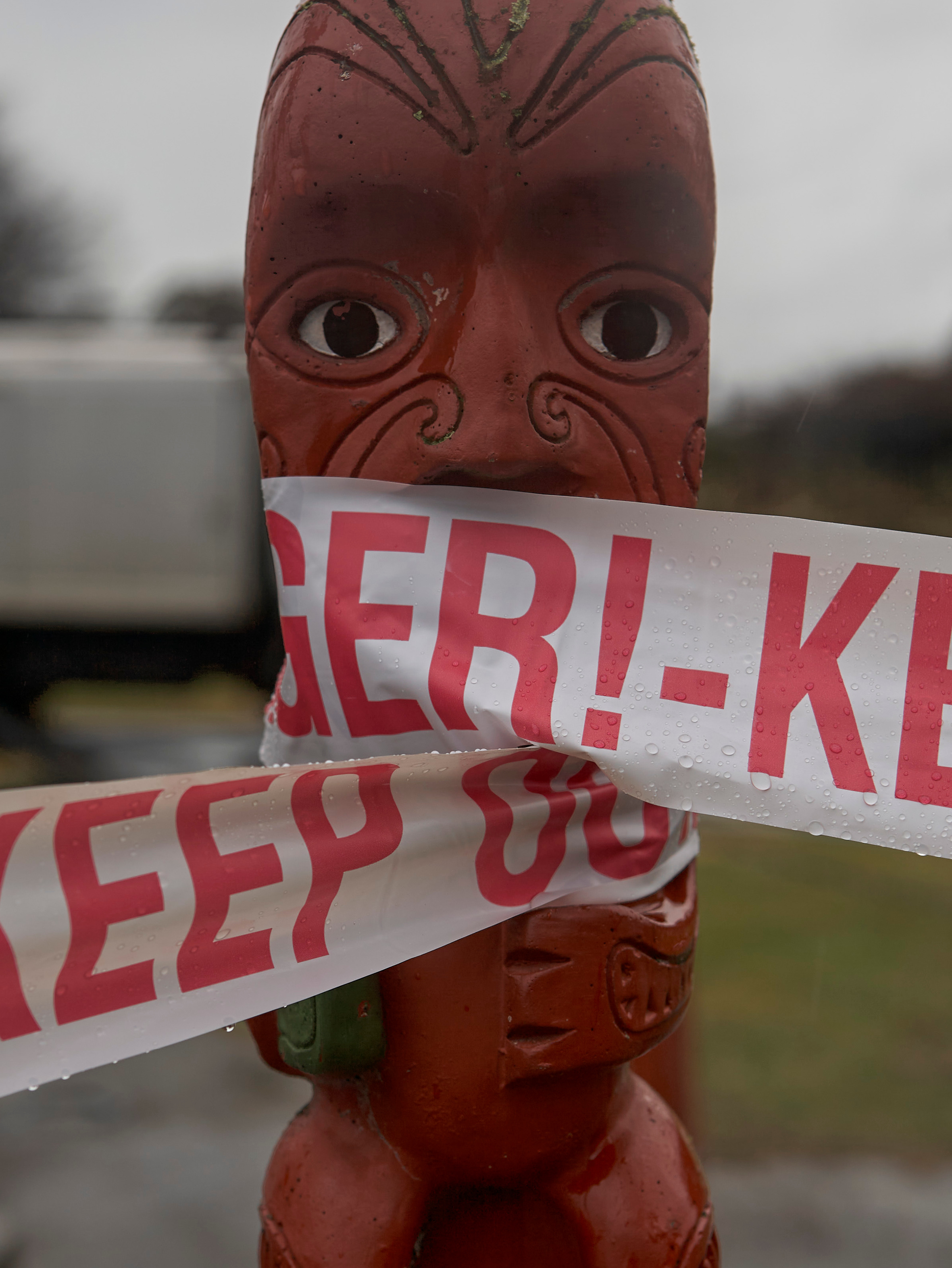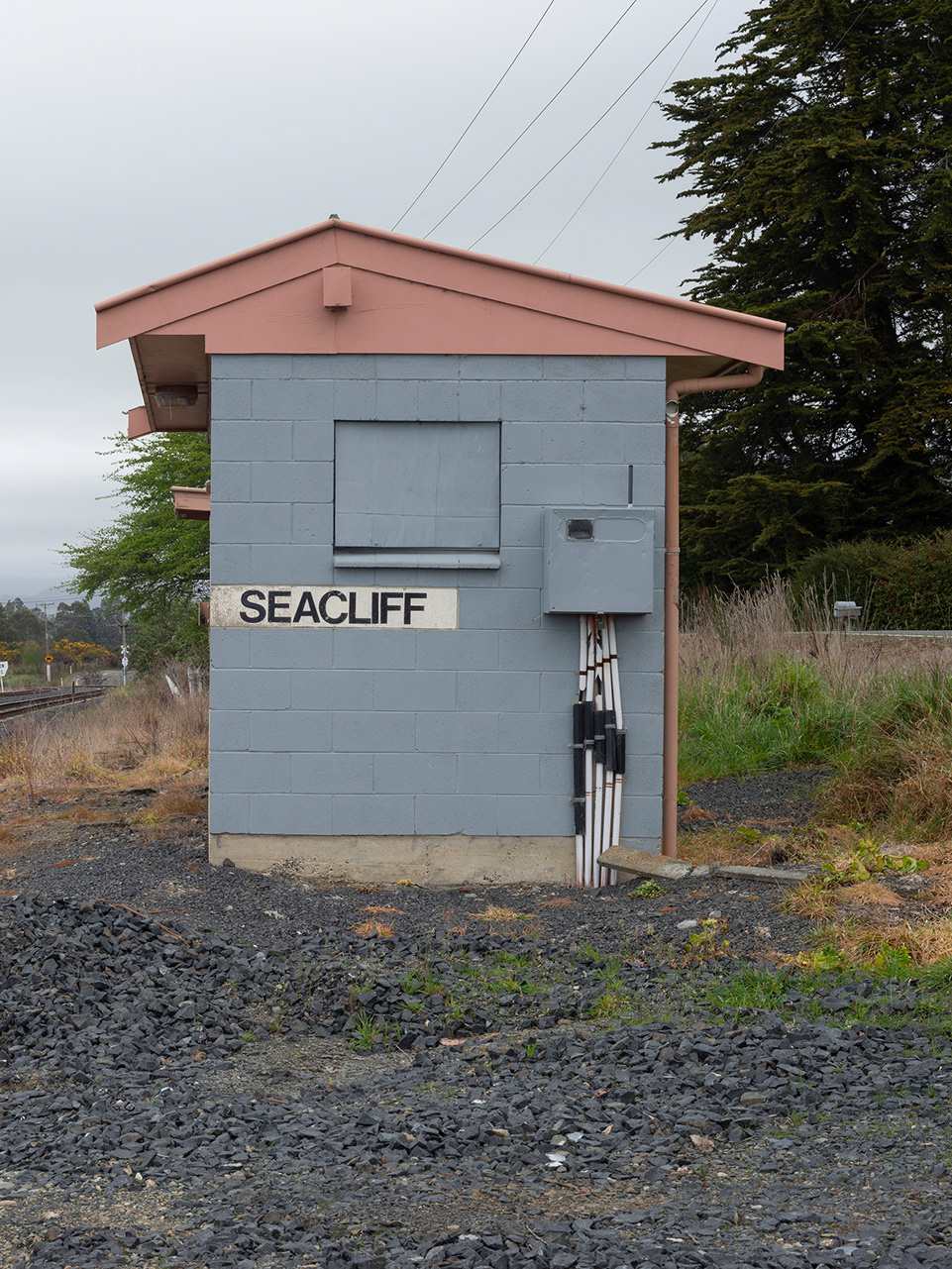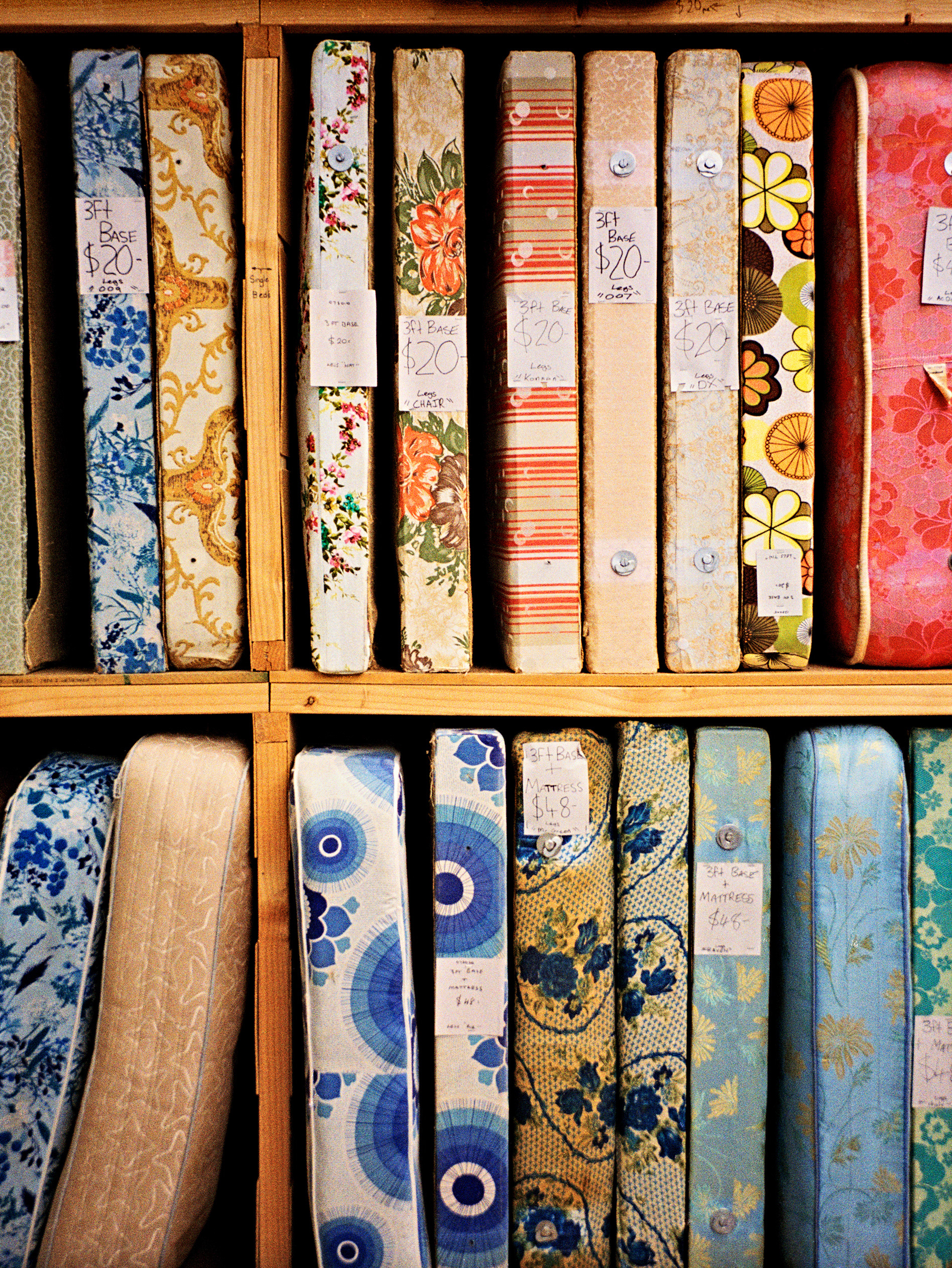Pariwhero #1, Te Whanganui-a-Tara 2024
Pariwhero #2, Te Whanganui-a-Tara 2024
Pipitea #1, Te Whanganui-a-Tara 2024
Te Awa o Kairangi, Te Awa Kairangi ki Uta 2023
Te Awa o Waikanae, Waikanae 2021
Te Awa o Kaiwharawhara, Te Whanganui-a-Tara 2021
Te Awa o Huatoki, Ngāmotu #1 2021
Te Awa o Huatoki, Ngāmotu #2 2021
Kaiwharawhara, Te Whanganui-a-Tara (tank) 2021
Te Awa o Waiwhetu, Pito-One 2021
Horokiri / Battle Hill, Pauatahanui 2020
Edition of 15, pigment inks on photo rag baryta, unmounted
1,000 x 1,500 mm $8,500 incl GST
700 x 1,060 mm $6,000 incl GST
400 x 600 mm $4,600 incl GST
1,000 x 1,500 mm $8,500 incl GST
700 x 1,060 mm $6,000 incl GST
400 x 600 mm $4,600 incl GST
Te whenua is a witness to change. Ancient sites of occupation, pā sites, sites of the land war battles and subsequent land confiscations are all around us. While some are memorialised, the histories of many are only known to iwi and those with an interest in the history of Aotearoa.
Appropriation and exploitation of whenua, awa, roto, and moana is central to the colonial project – reflecting the values of that system. By viewing natural taonga colliding with infrastructure and the urban landscape each image reflects a part of the story of the colonisation of Aotearoa.
Pūtahi / Confluence is a metaphor for the meeting of two peoples in one land – of what is now, and of what could have been.
••••••••
The Seacliff Lunatic Asylum was once the largest building in New Zealand, housing more than 500 patients and 50 staff. Truby King, superintendant from 1889 to 1921, was also the founder of Plunket and the Karitane Products Society. In recent years there have been calls for Plunket to distance itself from King who was known to hold white supremacist views.
On 8 December 1942, a fire broke out in Ward 5 of the hospital. All patients had been locked into their rooms or into the 20-bed dormitory. Only two women were saved from rooms that did not have locked shutters. Author Janet Frame is Seacliff’s best known patient. In 1951 Frame’s volume of short stories The Lagoon and Other Stories was awarded the Hubert Church Memorial Award,
a prestigious literary prize. This timely intervention resulted in the cancellation of Frame’s scheduled lobotomy.
a prestigious literary prize. This timely intervention resulted in the cancellation of Frame’s scheduled lobotomy.
